Wild cucumber for garden decoration
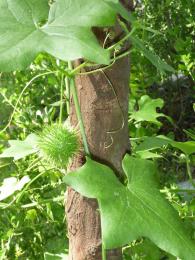
Each person has his own plant - a symbol of childhood. For many this is the case echinocystis, but they don’t even suspect that such a tricky word was used to describe a powerful vine that then occupied the fences of kindergartens, schools, and cozy vacant lots perfectly hidden from the eyes of adults. The kids happily made crafts from the funny prickly “cucumbers” that grew on this plant in abundance: a large cucumber for the body, a small one for the head. If you want, assemble a prince with a cloak made of a scarlet mallow petal, or if you want - a good horse. And there is a fluffy tail - the inflorescences of the same “cucumber”, soft creamy and very fragrant...
Content:
- Origin and brief description of Echinocystis
- Features of growth
- The use of Echinocystis in vertical gardening
- Sowing and plant care features
Even now, this rather decorative vine is often found in country backyards, along the banks of rivers, climbing the walls of ravines, stubborn and indestructible. What kind of plant is this - Echinocystis?
Origin and brief description of Echinocystis
North America is considered its homeland, from where exotic vine were brought to Europe in the last century, settling in large numbers in botanical gardens and collections of lovers of new products. From there, little by little, the “enterprising” vine spread to Eastern Europe, Asia, the Caucasus, and grows in southern Siberia, Primorye, China and Japan!
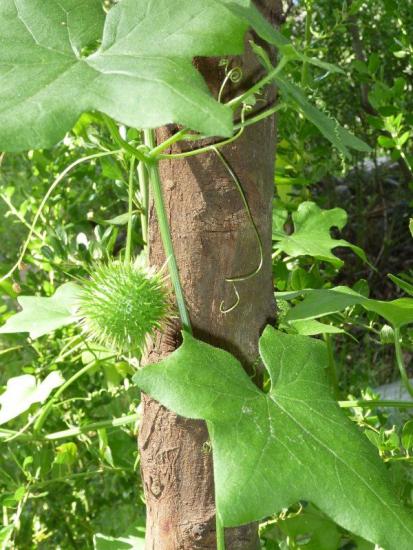
Echinocystis is an annual liana with a long (up to 6 m) stem, clinging to the support with numerous modified leaves-tendrils. The leaves are light green, rough, reminiscent of cucumber leaves, and numerous fruits look like pot-bellied green cucumbers, only very prickly.
But it’s clear where the similarity comes from - Echinocystis is from the pumpkin family, and even its fruits are scientifically called “pumpkins”. And the seeds are similar to pumpkin seeds - there are 4 of them in each fruit.
This “cucumber” has learned great how to scatter them in all directions. In rainy weather, the juice bursts so much from inside the seed chamber that the fruit bursts and seeds scatter at high speed over a distance of up to 8-10 meters. No give or take - a mad cucumber! This is how Echinocystis energetically wins its place in the sun.
But his flowers do not look like cucumbers. Small white, they are collected in large numbers into loose inflorescences that have a delicate honey aroma, to which various pollinating insects flock in large numbers.
Features of growth
In our country, the peak of popularity of echinocystis occurred in the 70s; this plant captivated everyone with its unpretentiousness. In fact, it does not need any special conditions - just sun and moisture. Surprisingly, this alien easily “kills” local plants due to its adaptability to any conditions and multiple self-seeding. Tender in appearance, its stems easily climb any support, clinging with tendrils and receiving the beneficial rays of the sun.
The seeds overwinter well in the ground and even, thanks to cold stratification, receive good stimulation for spring germination.Echinocystis is absolutely not picky about soil, as long as there is moisture, and it doesn’t care where to grow, be it the outskirts of a city or the river bank. They pass him by diseases and pests, which greatly contributes to its prosperity.
The use of Echinocystis in vertical gardening
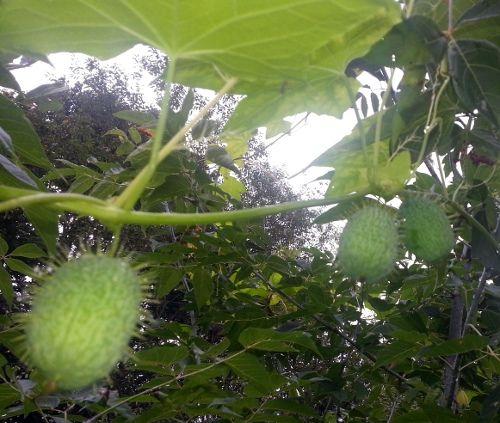
Soon the “wild cucumber” would turn out to be completely wild, but suddenly the favorable gaze of modern landscape designers turned to it. For them, an eternal problem is the organization of vertical gardening. There are not very many plants that can create a full-fledged green screen or shade a gazebo within a month or two.
Moreover, Echinocystis will not only quickly create a dense shadow, it will also decorate the area, because its delicate inflorescences are quite spectacular!
And the smell? A subtle honey aroma will fill the garden all summer and attract insects to the garden and orchard, which will increase the yield of vegetables and fruits. And how beautiful are the dried “lanterns” of Echinocystis in autumn and winter, intricately hung on bushes and trees. The only negative is abundant self-seeding. You will either have to pick off the green “hedgehogs” of the fruit before they crack, or fight the sprouts in the spring (by the way, they are very similar to cucumber ones).
Sowing and plant care features
If you are interested in the idea of growing a wonderful liana on your plot, then all you need to do is buy seeds and sow them in the fall in the place where there is a need for a good, fast-growing green “wall”.
In order not to forget or accidentally weed the sprouts, it is advisable to mark the sowing sites with “beacons” or special plastic labels.
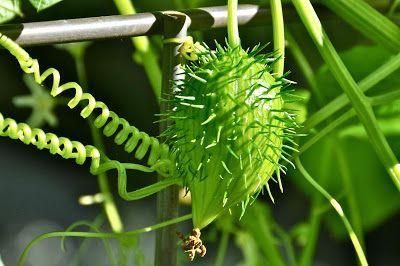
Echinocystis will also grow during spring sowing, although not so well. If there is a need to speed up the landscaping of an object, then it is sown seedling method in April, placing two seeds in a glass and then removing the weaker sprout. At the end of May, the grown seedling is planted in open ground, preferably in a well-lit place. When planting, apply universal mineral fertilizer and water abundantly. In the future, Echinocystis does not require special attention, except for occasional watering during drought, gartering and forming it on a trellis.
Landscaping objects with the help of such a vine can serve as pergolas, gazebos, verandas, and garden trellises. Echinocystis looks elegant on special trellises and screens covering unsightly areas: compost bins, utility rooms and toilets.
It’s not without reason that they say that the new is the long-forgotten old. So the “old” echinocystis will manifest itself in a new way in our plots, subject to the skillful hand of the gardener.

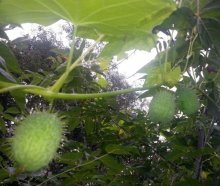
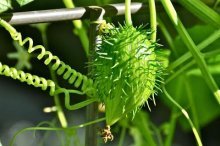

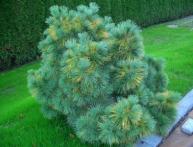


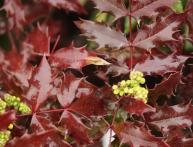

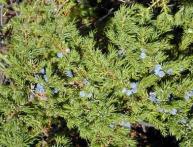
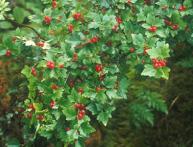
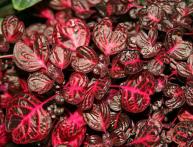
Comments
Yes, I remember the wild cucumber from childhood; I really liked playing with the green “hedgehogs”. To my shame, I never knew the correct name of this plant. The foliage of Echinocystis is very decorative. I’ll definitely look for the seeds in the store; with its help you can make the garden fence much more attractive, and besides, the wild cucumber is completely unpretentious.
Oh, how I like him!!! So wonderful and so funny. I also remember wild cucumber from childhood, I liked it so much then, and even now I’m delighted with it. And most importantly, it is completely unpretentious, grows on its own without any care and perfectly decorates the fence at the dacha. And he makes me so happy with his “cucumbers”, although they are useless, they are very cute!
In the spring I planted this wild cucumber as bindweed near an empty wall of the house. Not only has it grown well over this entire wall, but also all over the roof! Of course, this is using pre-stretched ropes.Looks great, turns green and is a joy for the kids!
Judging by the comments, many children's games took place with this plant. I'm not an exception. When I was a child, they also made hedgehogs out of it. It's a shame they got rid of it a long time ago. Now we should plant them again for the joy of our children.